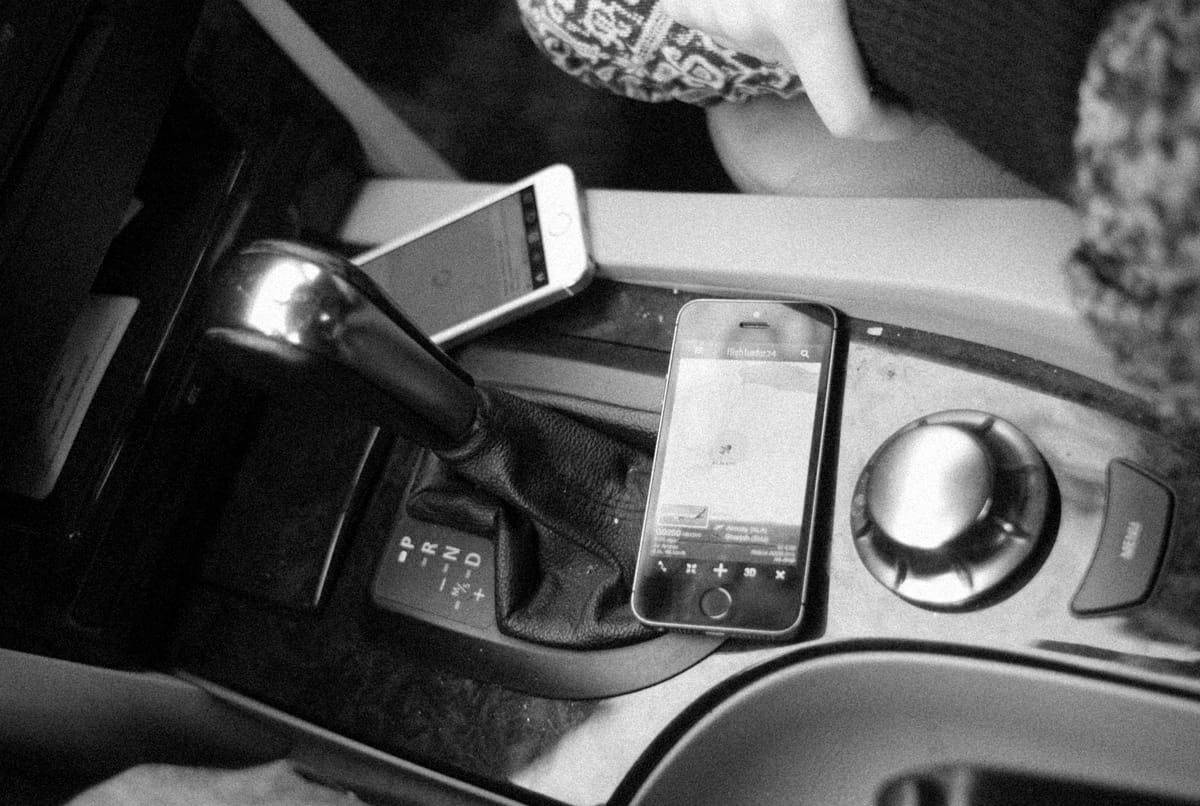Court Clarifies Hands-Free Law in California

SACRAMENTO — A California appeals court ruled this week that drivers are breaking the law if they hold a cellphone to look at a navigation app while driving, even if they aren’t tapping or swiping the screen.
The decision, issued Tuesday by the California Court of Appeal for the Sixth Appellate District, clarifies that holding a phone for any reason while driving—including just viewing a map—is a violation of the state’s hands-free law.
The court stated that when lawmakers updated the state’s cellphone law in 2016, they intended to ban all forms of handheld phone use while driving. The law was aimed at reducing distracted driving by adapting to new features of smartphones, which now function like “pocket-sized computers,” according to legislative records cited in the ruling.
Driver Challenged Fine After Viewing Map
The case began when Nathaniel Gabriel Porter was ticketed for holding his phone in his left hand while looking at a navigation app as he drove. Porter did not dispute that he held the phone and looked at the screen, but he argued that he did not actively use or manipulate the device.
Porter initially lost in traffic court and was ordered to pay a $158 fine. However, when he appealed to the Santa Clara County Superior Court, the appellate division sided with him. That court ruled that “merely observing GPS directions” did not amount to “active use or manipulation,” which it said was necessary to prove a violation.
Appellate Court Overturns Lower Ruling
On Tuesday, the higher court overturned the superior court’s decision. It concluded that holding and viewing a phone while driving does, in fact, fall under the category of “operating” a phone, which is prohibited under the current law.
“Allowing a driver to hold a phone and view a mapping application, even if not touching the phone’s screen, would be contrary to the Legislature’s intent,” the court wrote in its opinion.
The law does make an exception for phones mounted on a dashboard or windshield, which drivers can operate with a single swipe or tap. But handheld use—even for passive viewing—is not allowed.
Lawmakers Intended Broad Restrictions
According to the appellate court, when the Legislature updated the law in 2016, it specifically aimed to close loopholes in the previous version, which focused only on talking and listening while holding a phone. The revised law was meant to include all distracting mobile device behaviors, including browsing the internet, playing games, and looking at a map while holding the phone.
The court’s ruling reinforces that interpretation and sets a clear precedent that could affect how traffic laws are enforced across the state.
Drivers using phones for navigation are encouraged to use dashboard mounts or voice-assisted directions to stay in compliance with California law.
